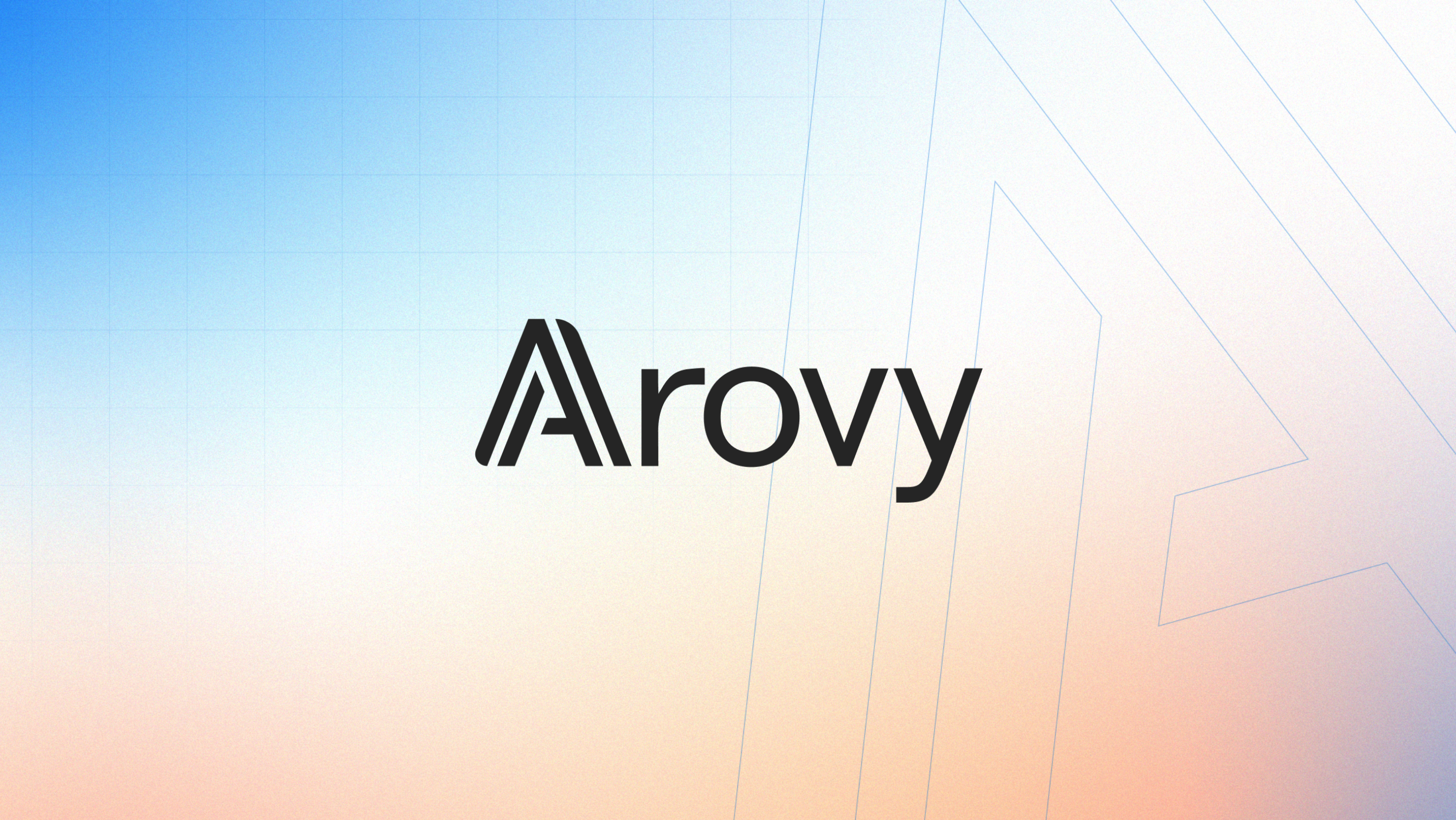6 MIN READ
Writing an Impactful Communications Plan for Your RevOps Team
Picture this: It’s the end of the quarter, and you just made a startling discovery: more than half of your marketing leads aren’t converting to sales. Fortunately, you’ve identified a new platform for your tech stack that will help improve alignment between your sales and marketing teams, and with
Arovy’s predictive look into change implications
, you’re confident the change won’t disrupt any other processes. However, when you propose this change to leadership, they shoot it down. They aren’t convinced the change is worth the investment given the company’s current financial state, and frankly, they don’t have enough information to greenlight the action.
This is where a strategic communications plan comes critical– especially for RevOps teams and admins. A
change management communications plan
can help you clarify the need for a specific change or investment in your RevOps tech stack to decision-makers. For example, a breakdown in communication between your
RevOps and sales teams
could be easily avoided with a strategic
communications plan
. Messaging strategies are also an effective way to break down resistance to change by aligning stakeholders within your organization on the same page. Before diving into
how to create a communication plan
that will set up your change initiatives for success, let’s get some pointers on what a
communications plan
is.
What is a communications plan?
A communications plan is a strategic method for delivering information to an appropriate target audience. Your communications strategy should include answers to questions of who, what, when, why, and how , as it relates to the delivery of information. A successful strategic communications plan should contain answers to these five main categories of questions:-
- Who are you trying to reach? Who is your target audience?
- What are you trying to say? What messages are you trying to promote?
- When should the information be delivered?
- Why are you trying to share this particular message with this audience?
- How will you disseminate your message? Which communication channels are the most effective for this type of message? (i.e. emails, websites, blogs, presentations, printed materials, social media, etc.)
How to create a communications plan
There are a wide variety of useful change management communications templates available that can be easily customized for your org’s needs. The answers to the questions posed in the previous section will help guide the direction of your communications plan and can be built out in the following directives:Create a compelling why.
Tap into both emotions and logic when communicating your message. What specific pain points are your GTM teams facing? How are those issues impacting larger organizational and operational goals (remember the “why” category in your communications plan )? Here is where your audience (the “who” question) comes into play. Make sure you’re communicating to executives about how this change initiative will increase ROI, improve productivity, or create better alignment. To the rest of your organization, create a framework for how the initiative will serve them and make their jobs easier.Build an environment for dialogue.
In your communications plan , give stakeholders an opportunity to provide input and create a two-way street for open communication and feedback. Chances are, they will have a lot of questions. Be prepared to answer inquiries like:- Why should we prioritize this action right now?
- What additional resources will be required to implement this change?
- How much budget needs to be allocated to this initiative?
- How will this change impact each department?
- What is your proposed training to ensure this change is adopted across the organization?
- What are the risks that come with implementing this technology?


.webp)






